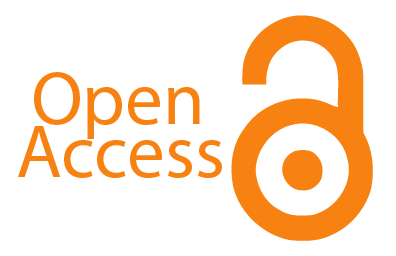eISSN: 2354-8193
pISSN: 1979-8210
Statistik Kunjungan
People
Publishing System
Policies
- » Focus and Scope
- » Review Process
- » Section Policies
- » Peer Review Process
- » Open Access Statement
- » Archiving
- » Authorship and Plagiarism
- » Publication Ethics
- » Publishing System
- » Publication Charges
- » Author Guidelines
- » Indexing
- » Journal History











.jpg)
.jpg)
.jpg)
.jpg)
.jpg)
.jpg)



